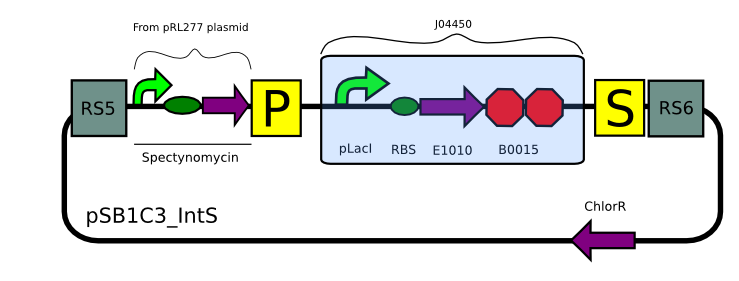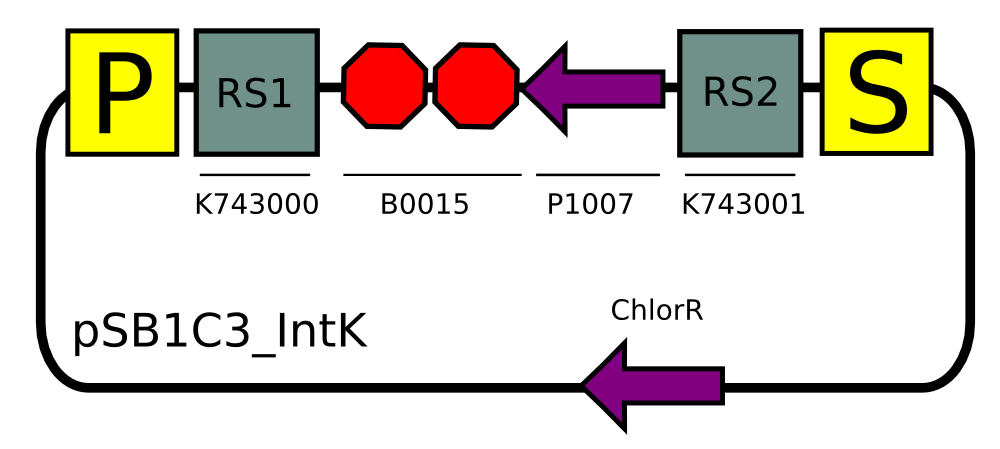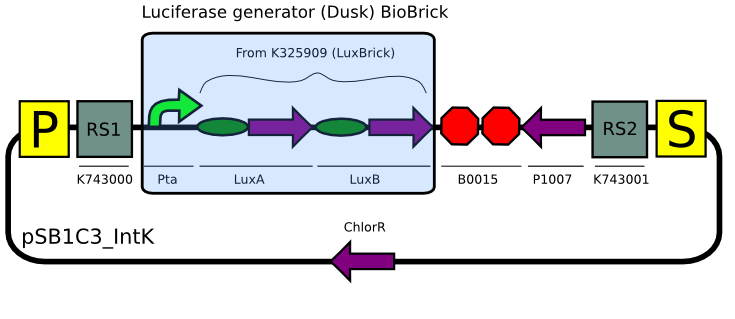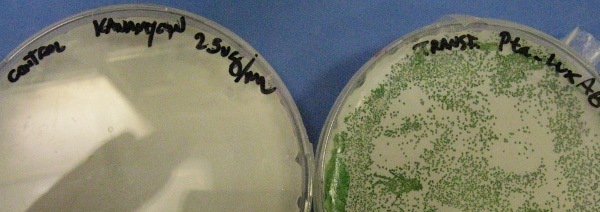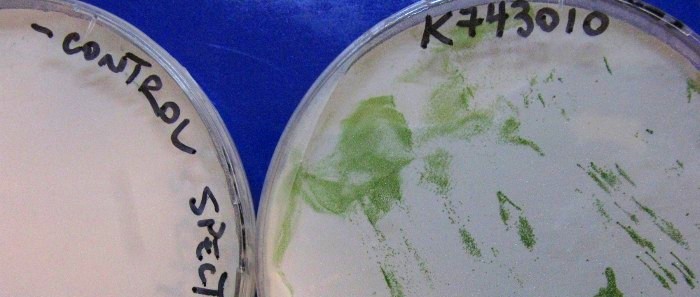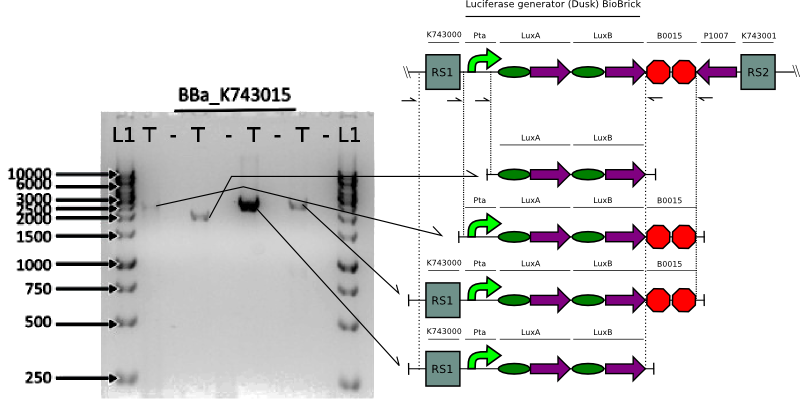Team:UC Chile/Cyanolux/Results short
From 2012.igem.org
(Difference between revisions)
| (6 intermediate revisions not shown) | |||
| Line 82: | Line 82: | ||
We measured bioluminescence by adding directly the substrate to the cells and measuring light-output in a Luminometer. | We measured bioluminescence by adding directly the substrate to the cells and measuring light-output in a Luminometer. | ||
| - | + | ||
| + | <br /> | ||
| + | <html><center><img src="https://static.igem.org/mediawiki/2012/6/6a/Kjasfkjhasdf.jpg" align="right" width="600"></center></html> | ||
| + | <br /> | ||
| + | <br /> | ||
| + | <br /> | ||
| + | <br /> | ||
| + | <br /> | ||
| + | <br /> | ||
| + | <br /> | ||
| + | <br /> | ||
| + | <br /> | ||
| + | <br /> | ||
| + | <br /> | ||
| + | <br /> | ||
| + | <br /> | ||
| + | <br /> | ||
| + | <br /> | ||
| + | |||
While we could measure bioluminescence of the positive LuxBrick E.coli controls, no apparent bioluminescence was seen in our <i>Synechocystis</i> cells. This led us to think that the problem might be the size of the promoter, which if not long enough, would not be able to recruit necessary transcription factors for expression. | While we could measure bioluminescence of the positive LuxBrick E.coli controls, no apparent bioluminescence was seen in our <i>Synechocystis</i> cells. This led us to think that the problem might be the size of the promoter, which if not long enough, would not be able to recruit necessary transcription factors for expression. | ||
| Line 90: | Line 108: | ||
| - | During the Latin America Jamboree, we had a chat with a couple of judges and a student from | + | During the Latin America Jamboree, we had a chat with a couple of judges and a student from Universidad de los Andes, David Olarte, on how to induce Synechocystis with n-decanal. |
| - | David sent us some work he had done on luminescence assays in cyanobacteria. Following his methods we finally were able to see light | + | David sent us some work he had done on luminescence assays in cyanobacteria. Following his methods we finally were able to see light emission, confirming presence of catalytically active luciferase. Thanks David! |
<html><center><img src="https://static.igem.org/mediawiki/2012/7/7f/Cam.results.finalisimo.jpg" align="right" width="600"></center></html> | <html><center><img src="https://static.igem.org/mediawiki/2012/7/7f/Cam.results.finalisimo.jpg" align="right" width="600"></center></html> | ||
| Line 110: | Line 128: | ||
<br /> | <br /> | ||
<br /> | <br /> | ||
| + | <br /> | ||
| + | <br /> | ||
| + | <br /> | ||
| + | <br /> | ||
| + | <br /> | ||
| + | <br /> | ||
| + | <br /> | ||
| + | |||
| + | |||
<h1>Experimental Highlights</h1> | <h1>Experimental Highlights</h1> | ||
| Line 129: | Line 156: | ||
<html> | <html> | ||
| - | <a href="https://2012.igem.org/Team:UC_Chile/Cyanolux/ | + | <a href="https://2012.igem.org/Team:UC_Chile/Cyanolux/Modelling"><img src="https://static.igem.org/mediawiki/2012/a/ab/UC_Chile-Continue_button.jpg" align="right"> |
</html> | </html> | ||
{{UC_Chilefooter}} | {{UC_Chilefooter}} | ||
Latest revision as of 04:01, 27 October 2012
 "
"

